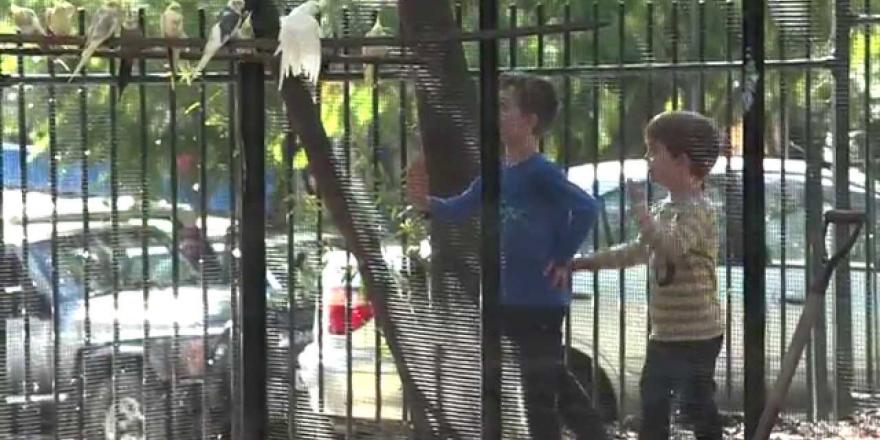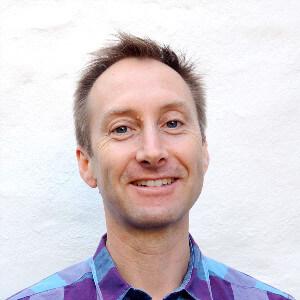Every year across Australia over 950 young people under the age of 18 are diagnosed with some form of cancer, the deadliest childhood disease. One problem that researchers are grappling with is the question of why patients with similar diagnoses can respond differently to the same treatments.
To think outside the box on this issue, Associate Professor Paul Kennedy from UTS’s Centre for Quantum Computation and Intelligent Systems is working with Associate Professor Dan Catchpoole from Kids Research Institute at The Children’s Hospital at Westmead to devise a virtual pipeline to manage, measure and compare gene data from current cancer patients with data from previous cases.
We aim to make complex genomic information accessible.
— Associate Professor Dan Catchpoole, Faculty of Engineering and Information Technology
“We aim to make complex genomic information accessible, to remove irrelevant information, leaving the relevant information to help the clinician,” says Catchpoole, who heads the Tumour Bank at The Children’s Hospital at Westmead. “The end result will be patients receiving highly individualised therapy and care.”
So far the Tumour Bank has collected 30,000 samples from 3000 patients across 50 types of cancers since its inception in 1998. Kennedy and Catchpoole’s team has begun testing the genomic data from these samples, mostly ones from childhood acute lymphoblastic leukaemia and rhabdomyosarcoma.
“We see tumour tissue specimens as ‘little packages of information’ about the patient and their disease,” says Catchpoole. “This information can be unpacked very quickly through current DNA sequencing or ‘omic’ technologies, leaving us with vast amounts of data that needs to be sorted, sifted and made sense of.”
Kennedy points out that what the team is looking at is a mass of gene activity values, gene variation data and clinical data all at the same time.
“For instance, in leukaemia, there can be over 40,000 attributes consisting of (up to) 20,000 gene variations, 20,000 gene activities and less than 100 clinical attributes,” he says. “As there are many more attributes than the number of patients, this makes for a very difficult data mining problem.”
To tackle this problem, the cross-university team is using the UTS Data Arena – a 360-degree interactive data visualisation facility – to immerse themselves in the data and analyse it in a very novel way.
Catchpoole says the UTS Data Arena allows them to interpret the data by providing a lower dimensional space to pick out new patterns of change that exist in individual patients.
We’re finally putting together all the bits and pieces we’ve been working on over the years.
— Associate Professor Paul Kennedy, Centre for Quantum Computation and Intelligent Systems
In August 2015 Catchpoole and Kennedy’s team won the first stage of the Big Data, Big Impact Grant at the Premier’s Awards for Outstanding Cancer Research, worth about $60,000.
And Kennedy told the awards’ ceremony that his team has now reached an exciting point in their research. “We’re finally putting together all the bits and pieces we’ve been working on over the years. You don’t always get the chance to work on things like this. It can have such a big effect and really change kids’ lives. That’s why it’s such an honour to be doing this research.”
Research team
-
Deputy Head of School, Teaching and Learning, School of Computer Science
-
Associate Professor, Faculty of Engineering and Information Technology
Funded by
- Cancer Institute NSW
Partner
- The Children's Hospital at Westmead



